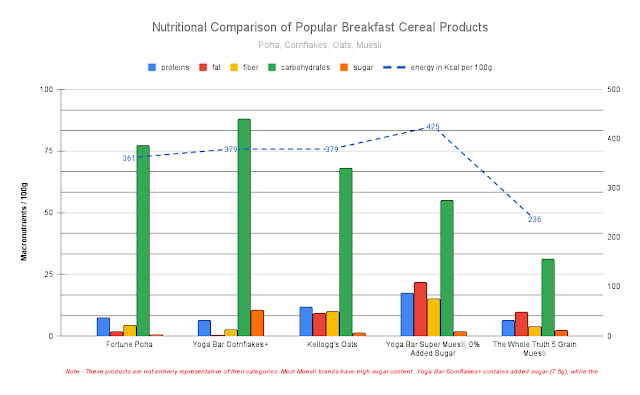Average Values of Micronutrients (Vitamins) in Various Food Groups
Carbohydrates, fats and proteins are 'macronutrients,' which are needed in large amounts.
Vitamins, minerals and phytonutrients constitute the 'micronutrients' and are required in smaller amounts.
Both macro and micronutrients are necessary for physiological and biochemical processes by which the human body acquires, assimilates and utilizes food to maintain health and activity.
Chart below shows the average values of micronutrients (Vitamins) in various food groups (per 100g raw weight). The data is from Indian Food Composition Tables 2017 & Nutritive Values of Indian Foods and as listed in Dietary Guidelines for Indians 2024
The unit μg (microgram) and mg (milligram) are both units of mass in the metric system. Their relationship is based on a difference of scale: 1 milligram (mg) is equal to 1000 micrograms (μg).
Except for the values of Vitamin C which are shown in milligrams (mg), the values for the others are in micrograms (μg)
The Food and Drug Administration (FDA) recommends using metric units such as micrograms (μg) and milligrams (mg) rather than International Units (IU) when feasible. Unlike micrograms and milligrams, which are precise units of mass, International Units (IU) measure the biological activity or effect of a substance.
%20in%20Various%20Food%20Groups.png)



Comments
Post a Comment